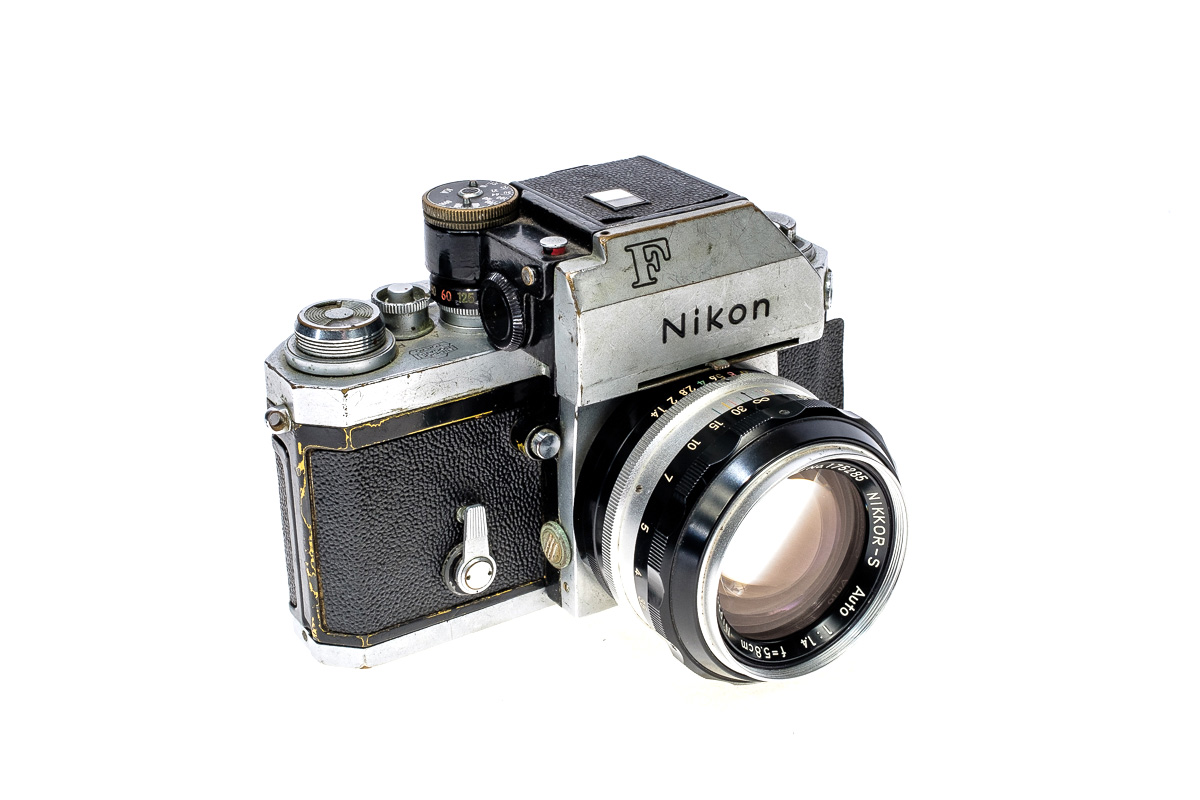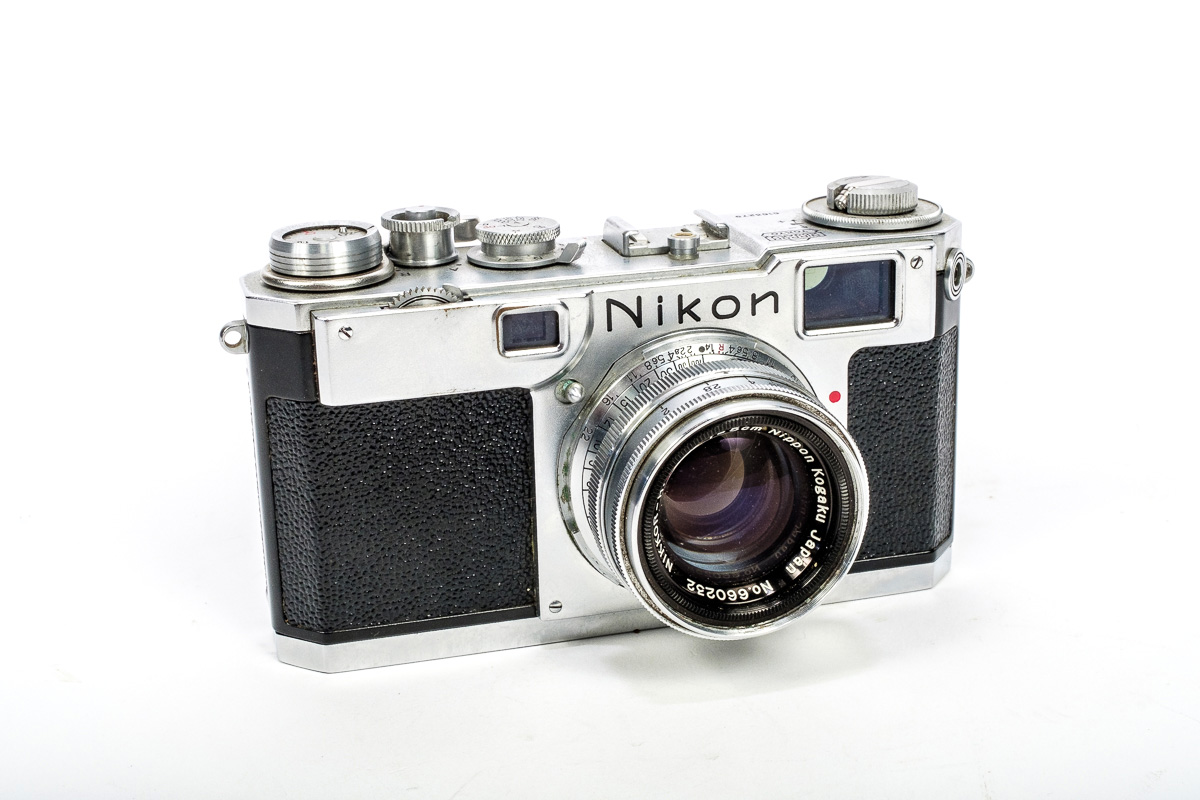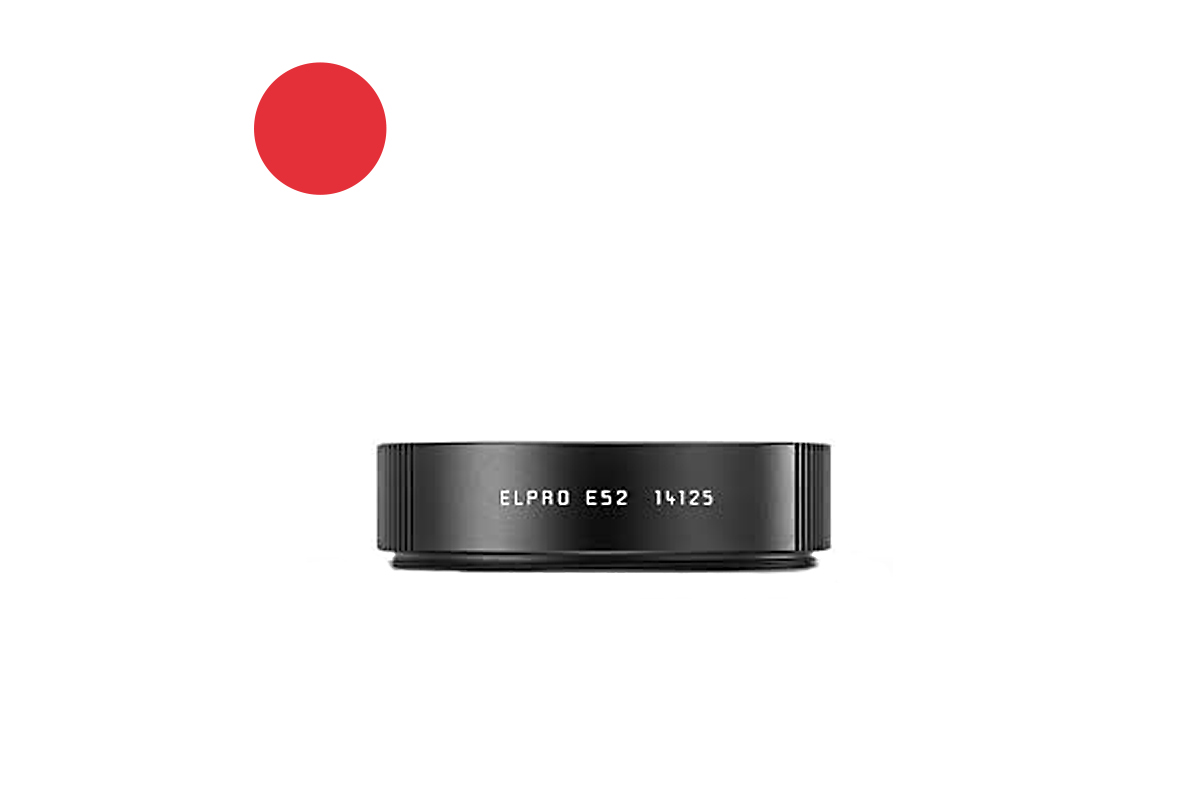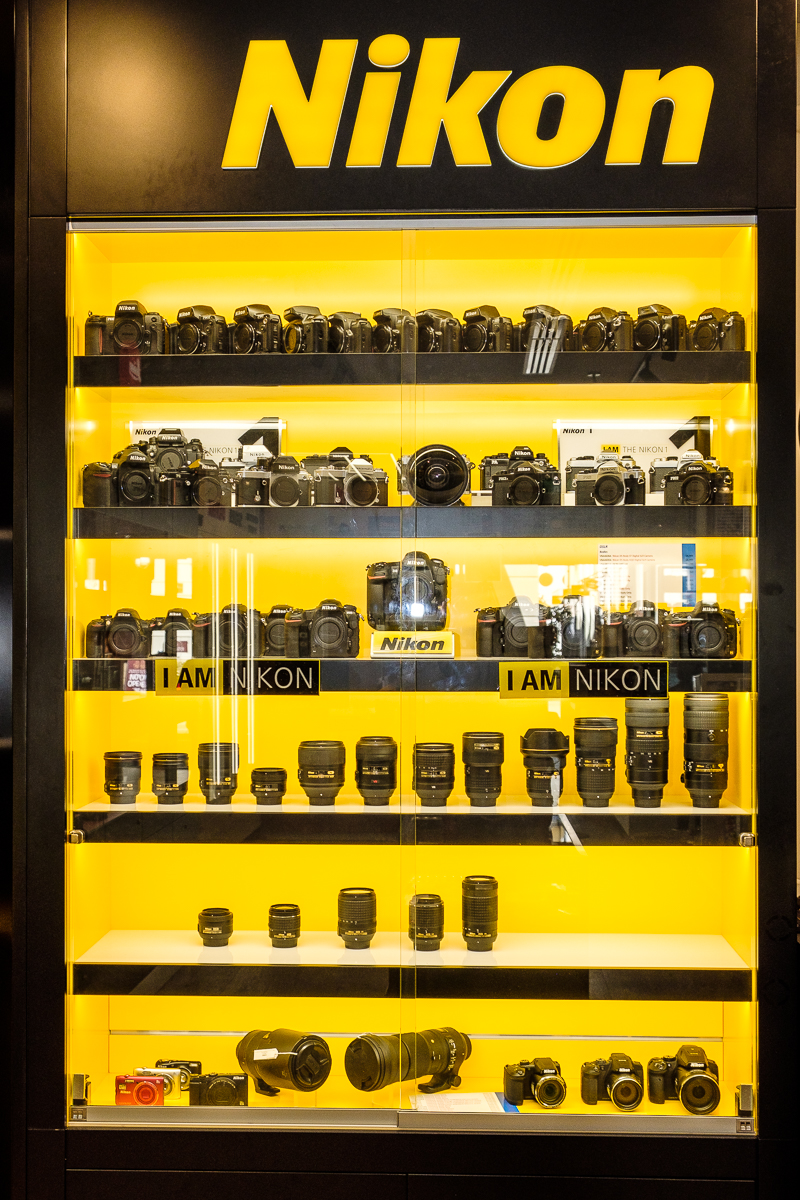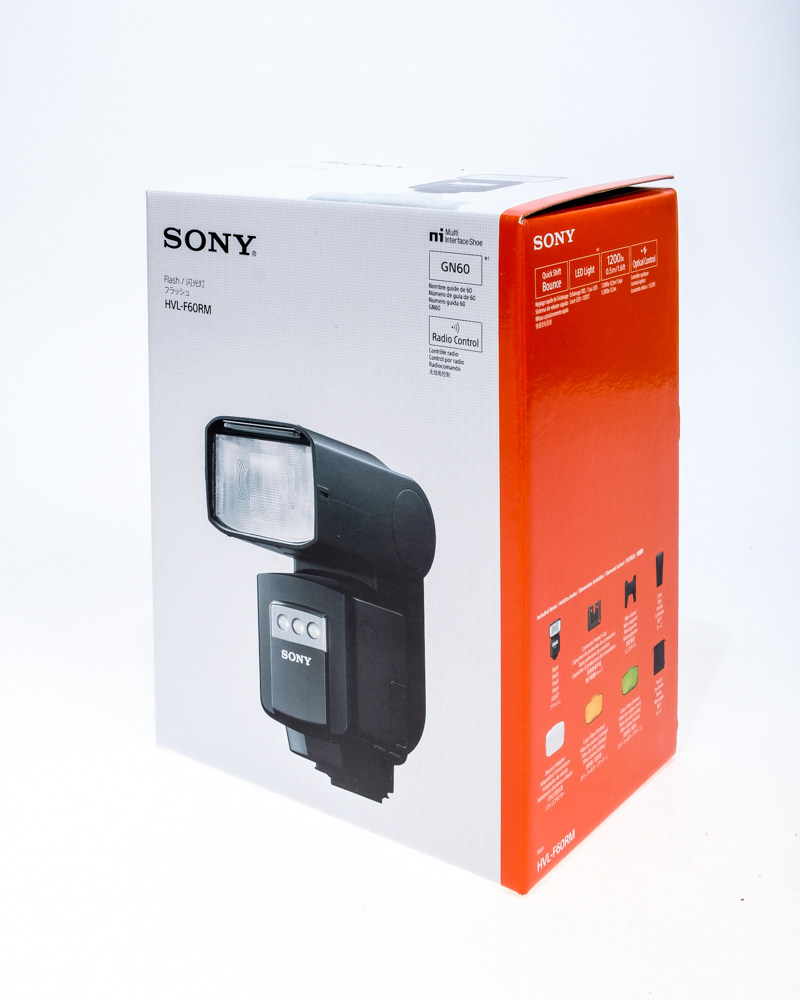20 Aug When Needs Must…
This post is pretty much a cut and paste copy of one I wrote for my own photography blog. I don't normlly plagiarize myself but the whole thing worked out so well that think it can help other people. Here goes: For years I've been flashing in public. Never arrested for it, I'm proud to say, and in many cases paid good money to do it. It is one of the job advantages of being an event photographer. Of course I flash in the studio too, but no-one ever takes any notice. At the dance shows I cover - the Middle Eastern-flavoured haflas - there is always a good deal of wild colour in the costumes and makeup. The venues are less bright, however, and in some cases the lighting rigs are unbalanced. I've discovered that flash illumination is a good way to overcome this, and I have purchased portable speed lights for my various cameras. These got smaller and more sophisticated as time went by and are little computer powerhouses now. A recent failure of the new flash, however, left me in...




